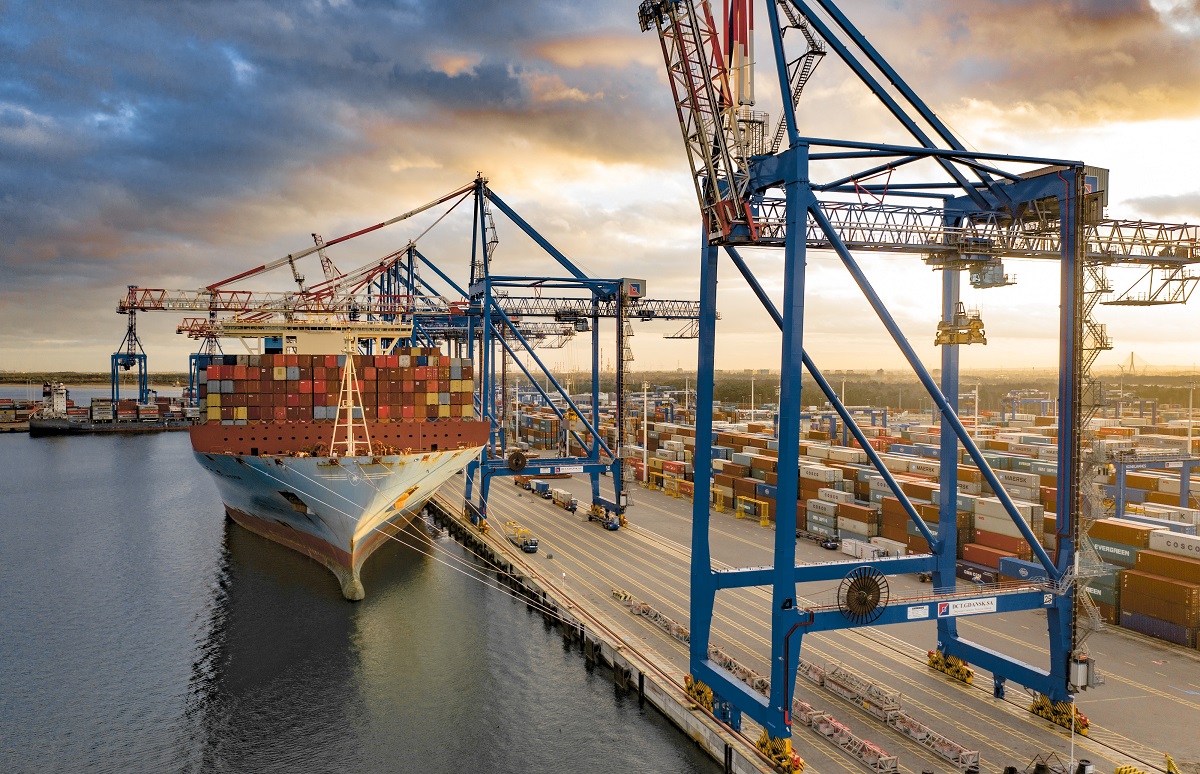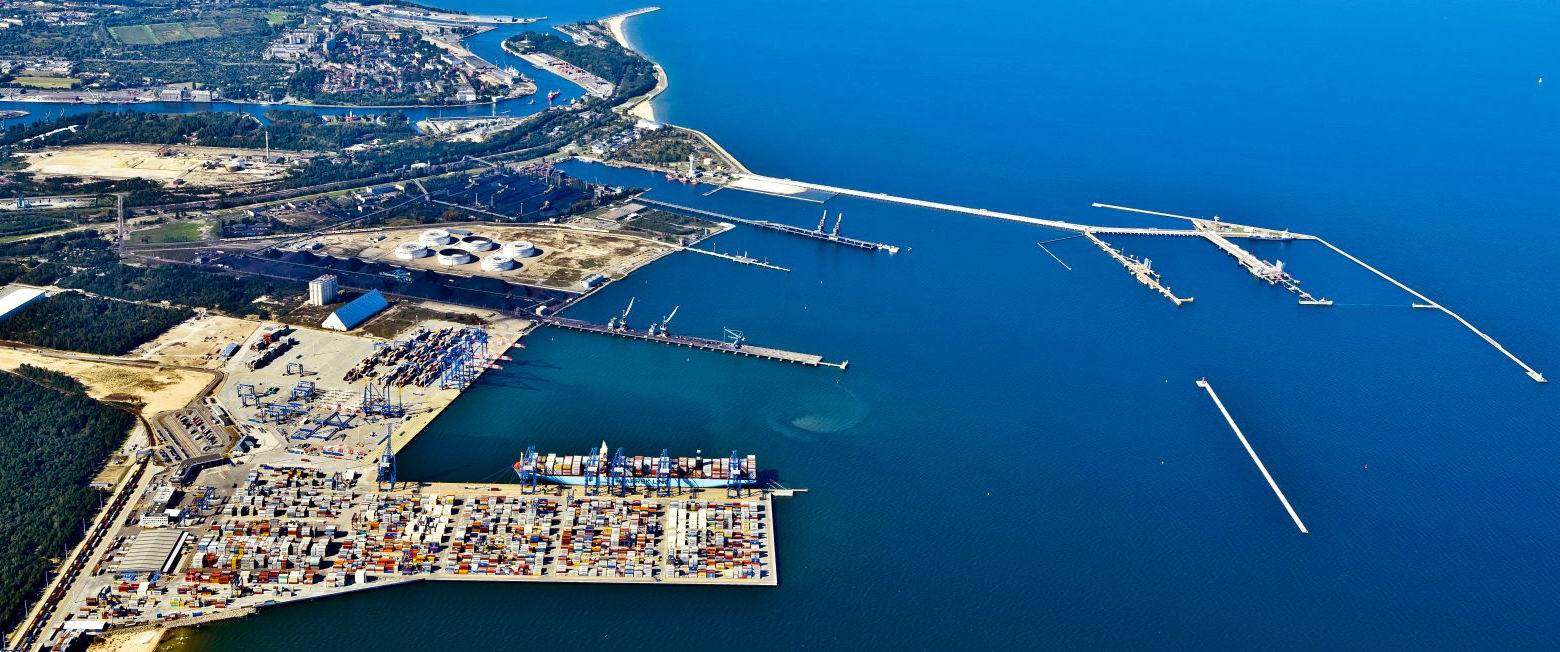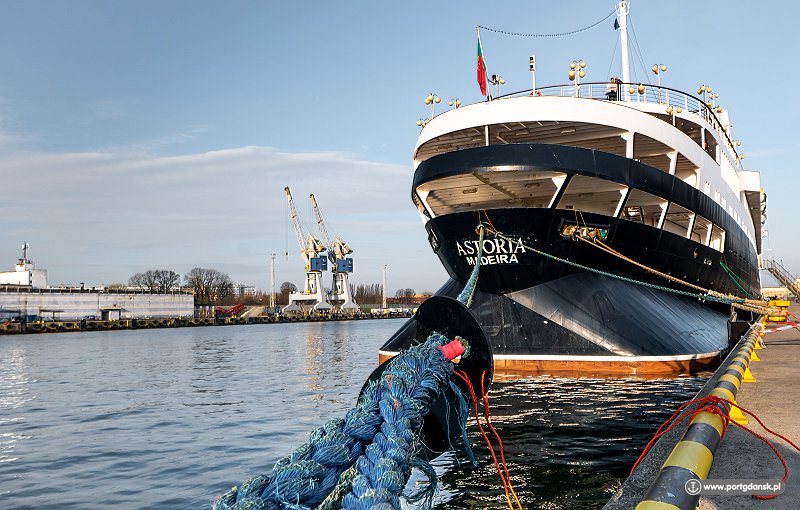The largest Polish port in Q1 2022 overtook two Russian ports (Port of Primorsk and St. Petersburg) and advanced to second place in the Baltic ports ranking in terms of total cargo handling:
1st place Port of Ust Luga 26.1 million tonnes +2.3%
2nd Port of Gdansk 14.802 Mt +11.3%
IIIrd Port of Primorsk 14,766 Mton +17%
IVth place St. Petersburg 12,668 mt -12%
Additionally, after the first quarter of 2022 it maintains the first place in container handling on the Baltic Sea:
1st place Port of Gdansk 561,396 TEU +9%
IInd place St. Petersburg 437 858 TEU -12%
III place Port of Gdynia 237 712 TEU -0,7
The Port of Gdansk has been recording very good results in most cargo groups since the beginning of 2022, achieving positive dynamics (quarter-on-quarter ) +11.3%. In the first quarter of this year, the Port of Gdansk handled 14.8 million tons of goods, which constitutes an increase of 11.3% in relation to the same period last year. The most numerous cargo group is still the general cargo – about 6 million tons (which constitutes an increase of 2%). In second place are liquid fuels, which recorded an increase of 25.7 percent, reaching 5.7 million tons. Coal was also in the lead with over 1.6 million tonnes transshipped. Growth was also recorded for containers (+9%), passengers (+12.3%), Ro-Ro cargo (+19.6%). The record belongs to the wood – it was transshipped 3535 per cent more than last year. Decreases were recorded in grain and other bulk cargoes.
– Our basic task, which we consistently carry out, is the modernization of port infrastructure. We are finalising key projects related to access infrastructure both from the water and land. We do it with our current and future business partners in mind. Thanks to these activities the Port of Gdansk is today the leader on the Baltic Sea. We are proving it by constantly increasing transhipments. This year we estimate the result at 55 million tons. If we fulfil our goals we have set for this year, we may even achieve an even higher result. However, we have to remember that planning in today’s geopolitical situation is much more difficult and many scenarios have to be taken into account – says Łukasz Greinke, CEO of the Port of Gdansk.
Currently the Port of Gdansk operates 22 regular sea connections. Apart from Europe, the regular destinations of the goods are the USA, Central and South America and Asia. Within the offered ocean connections (alliances: 2M and Ocean Alliance) it is the only Baltic port that operates direct container connections with China. The largest transoceanic vessels in the world call at the Port, requiring deep-water quays. Already due to its geographical advantages, the port is one of the key points on the logistic map of the world, one of the main links of the Trans-European Transport Corridor No. VI, which connects the Scandinavian countries with the countries located on the Adriatic Sea. The Port of Gdansk is a gateway for goods imported and exported by the companies of Central and Eastern Europe.




